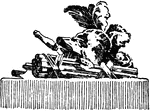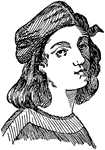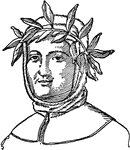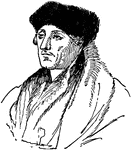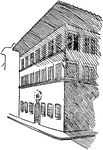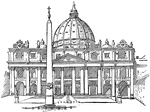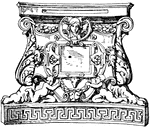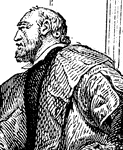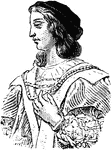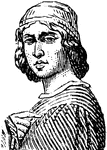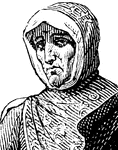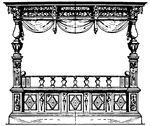
Renaissance Bedstead
The Renaissance bedstead was large in size, it was placed on a podium with a raised head-board. It had…
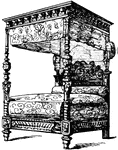
Renaissance Bedstead
The Renaissance bedstead was large in size, it was placed on a podium with a raised head-board. It had…

Renaissance Bedstead
This Renaissance bedstead was French and had a cradle head-board with gilt ornaments.

Renaissance Chest
This Renaissance chest of Dutch origin was richly decorated with carving, intarsia or wood inlaying,…

Renaissance Chest
This Renaissance chest of Italian origin was richly decorated with carving, intarsia or wood inlaying,…

Renaissance Chest
This Renaissance chest of Flemish origin was from the 17th century. It was richly decorated with carving,…

Toilet-Stand Clock-Case
This Toilet-stand clock-case was made during the German Renaissance in 1597. A slender tall cabinet,…

Toilet-Stand Clock-Case
This Toilet-stand clock-case was made during the German Renaissance. Made of various colored wood, it…

Renaissance Lectern
This Renaissance lectern came from the Pisa Cathedral in Italy. It was made of marble with an Eagle…

Renaissance Desk
This Renaissance desk was a saw-horse and could be folded-up, in which case the slopes had bands.

Tablet Frame
This modern Tablet Architectural frame was in the style of the Italian Renaissance. It had the general…
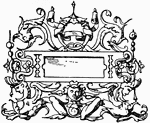
Italian Renaissance Architectural Frame
The Italian Renaissance Architectural frame was an oblong shape that was surrounded by an ornate frame…

Italian Renaissance Architectural Frame
This Italian Renaissance Architectural frame was used as the panel of stalls in San Giorgio Maggiore,…

German Renaissance Architectural Frame
The German Renaissance Architectural frame had a small niche in the middle or curved out hole as a design.
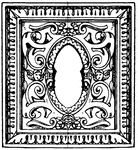
Desk in San. Giorgio Maggiore Frame
The Desk in San Giorgio Maggiore Architectural frame is an Italian Renaissance style. It was a oblong…
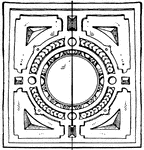
Coffer Frame
The Coffer Architectural frame of the German Renaissance, was a round shape that is surrounded by an…

Modern Architectural Frame
This modern frame was made in the style of the German Renaissance. It has an oblong shape in the center…

Renaissance Hanging-Cabinet
This Renaissance hanging-cabinet was made in Germany. Modest in dimension and used for practical purposes.

Titian
(1477-1576) Tiziano Vecelli was an Italian painter of the Renaissance better known as Titian.
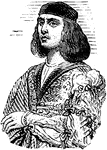
Giovanni Bellini
(1427-1516) Italian painter during the Renaissance best known for his family, the Bellini family of…
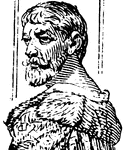
Benvenuto Cellini
(1500-1571) Italian painter, sculptor, and musician of the Renaissance famous for his autobiography.
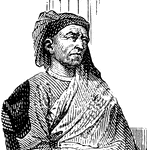
Filippo Brunelleschi
(1377-1446) Italian architects during the Renaissance who worked mostly in Florence.
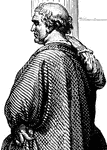
Donato Bramante
(1444-1514) Italian architect who introduced the Early Renaissance style to Milan and the High Renaissance…

Leonardo Da Vinci
(1452-1519) Famous Italian polymath who was a successful scientist, mathematician, engineer, inventor,…

Fra Bartolommeo di Pagholo
(1469-1517) Italian painter during the Renaissance most famous for painting religious subjects.

Lorenzo de' Medici
Lorenzo de' Medici (January 1, 1449 – 9 April 1492) was an Italian statesman and de facto ruler of…
![Michelangelo di Lodovico Buonarroti Simoni[1] (March 6, 1475 – February 18, 1564), commonly known as Michelangelo, was an Italian Renaissance painter, sculptor, architect, poet and engineer. Despite making few forays beyond the arts, his versatility in the disciplines he took up was of such a high order that he is often considered a contender for the title of the archetypal Renaissance man, along with his rival and fellow Italian Leonardo da Vinci.](https://etc.usf.edu/clipart/56200/56267/56267_michelangelo_mth.gif)
Michelangelo
Michelangelo di Lodovico Buonarroti Simoni[1] (March 6, 1475 – February 18, 1564), commonly known…
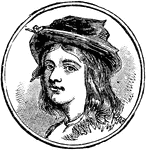
Raphael Sanzio
Raphael Sanzio, usually known by his first name alone (in Italian Raffaello), (April 6 or March 28,…

State Capitol at Austin, Texas
The Texas State Capitol, located in Austin, Texas, is the fourth building to serve as the seat of Texas…

Gothic Style Window
Gothic architecture is a style of architecture which flourished during the high and late medieval period.…
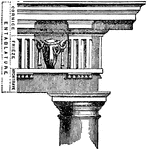
Entablanture
An entablature refers to the superstructure of moldings and bands which lie horizontally above columns,…
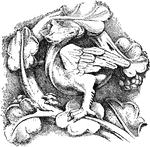
Foliate Sculpture
Foliate Sculpture of the 13th Century. "Decorative sculpture conventionalized more or less from foliage,…
